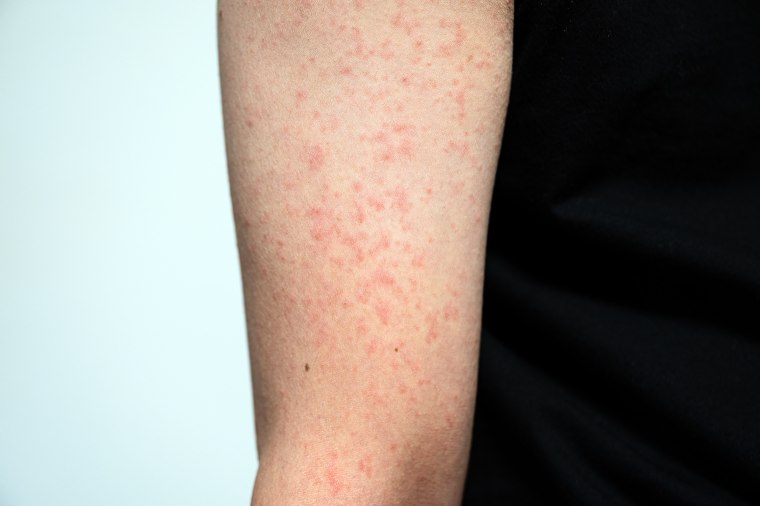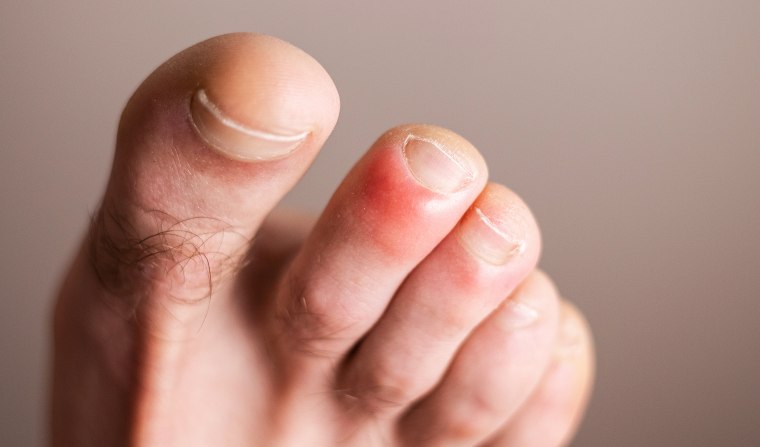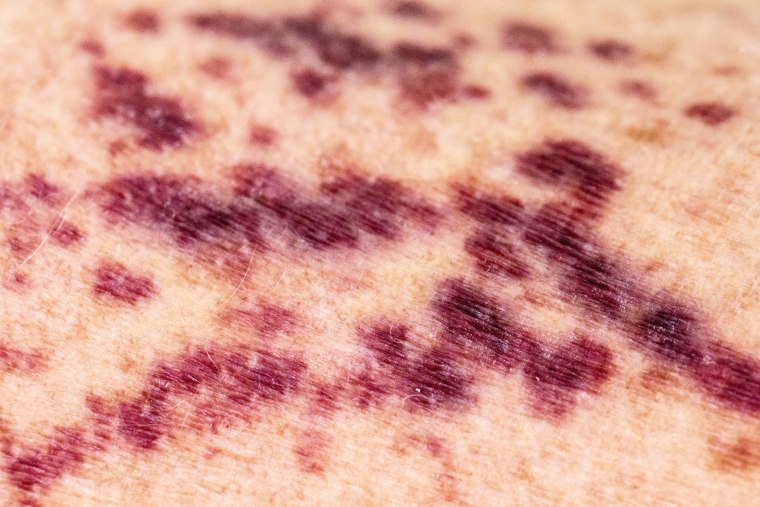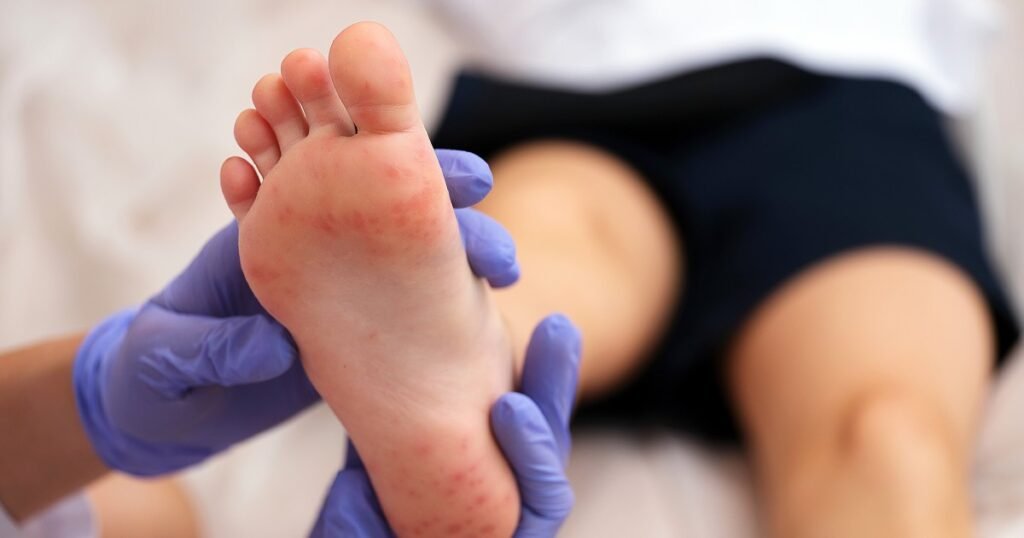Understanding COVID-19 Skin Rashes: Symptoms, Types, and When to Seek Help
The COVID-19 pandemic has been associated with a wide range of symptoms, predominantly affecting respiratory health. However, recent insights from dermatologists reveal that skin rashes may also accompany the virus.
Key Signs of COVID-19
While respiratory symptoms like congestion and coughing are the most common indications of COVID-19, it’s essential to recognize that skin reactions such as rashes can also surface. According to Dr. Andrew Walls from Brigham and Women’s Hospital, the appearance of skin rashes primarily stems from the immune system’s heightened response to the virus rather than direct skin involvement.
Why Do Rashes Occur?
- Rashes, referred to as "viral exanthems," are a well-documented phenomenon in viral illnesses, and the connection between viruses and skin reactions is not a new discovery. Dr. Jeffery Gehlhausen from Yale School of Medicine notes that viral infections like measles and chickenpox often produce rashes, a trend that includes cases of COVID-19.
Types of COVID-19 Rashes
If you suspect your skin rash may be linked to a COVID-19 infection, you’re not alone. Here are some common types of skin rashes noted by dermatologists:
1. Hives (Urticaria)
- Description: Raised, itchy bumps that can appear in clusters or isolated patches on various body parts.
- Timing: Typically seen near the end of a viral infection, appearing as fever subsides.
- Advice: Antihistamines are usually effective for treatment.
2. Morbilliform Rash (Measles-Like)

- Description: Small, raised bumps that can merge into larger patches, primarily affecting the torso and spreading to limbs in a few days.
- Characteristics: Can be itchy or asymptomatic, varying greatly from person to person.
3. Coxsackie-Like Rash

- Description: Resembles the rash associated with hand, foot, and mouth disease, featuring small, painful, and sometimes itchy blisters.
- Note: This manifestation is rare in COVID-19 cases.
4. COVID Toes (Chilblains)

- Description: Swollen, itchy areas on the feet often linked to cold exposure and autoimmune conditions.
- Current Status: Reports of COVID toes have declined, possibly due to evolving strains of the virus.
5. Vasculitis

- Description: An autoimmune reaction indicated by inflammation of blood vessels, often seen in patients with severe COVID-19 cases.
- Characteristic: Generally appears as a single episode that may fade but can recur in some individuals.
Impact on Pre-Existing Conditions
Beyond new rashes, COVID-19 can trigger flare-ups of chronic skin conditions such as psoriasis and eczema. Additionally, viral infections might cause reactivation of dormant issues like shingles or cold sores.
COVID-19 Skin Rashes in Children
Children tend to experience skin reactions more frequently during viral illnesses than adults. Common occurrences include hives and similar rashes that appear alongside their viral infections.
When to Consult a Doctor
It’s crucial to seek medical advice if you develop a rash while dealing with COVID-19. Here’s a guide to determine when to contact a healthcare professional:
- Common Rashes: If you notice hives or a measles-like rash, these are typically not alarming but should still be discussed with a physician.
- Severe Reactions: If your rash is extensive, particularly itchy, or painful, consult a healthcare provider who may prescribe topical treatments.
- Accompanied Symptoms: Seek immediate medical attention if the rash is coupled with severe symptoms such as high fever, intense headache, or difficulty breathing.
For a more comprehensive understanding of COVID-19 skin reactions, consider visiting external resources like the CDC or the American Academy of Dermatology.
Staying informed about potential COVID-19 symptoms, including skin issues, is crucial for managing your health effectively. If you notice unusual changes to your skin during or after your illness, don’t hesitate to reach out to a healthcare provider for advice tailored to your situation.


